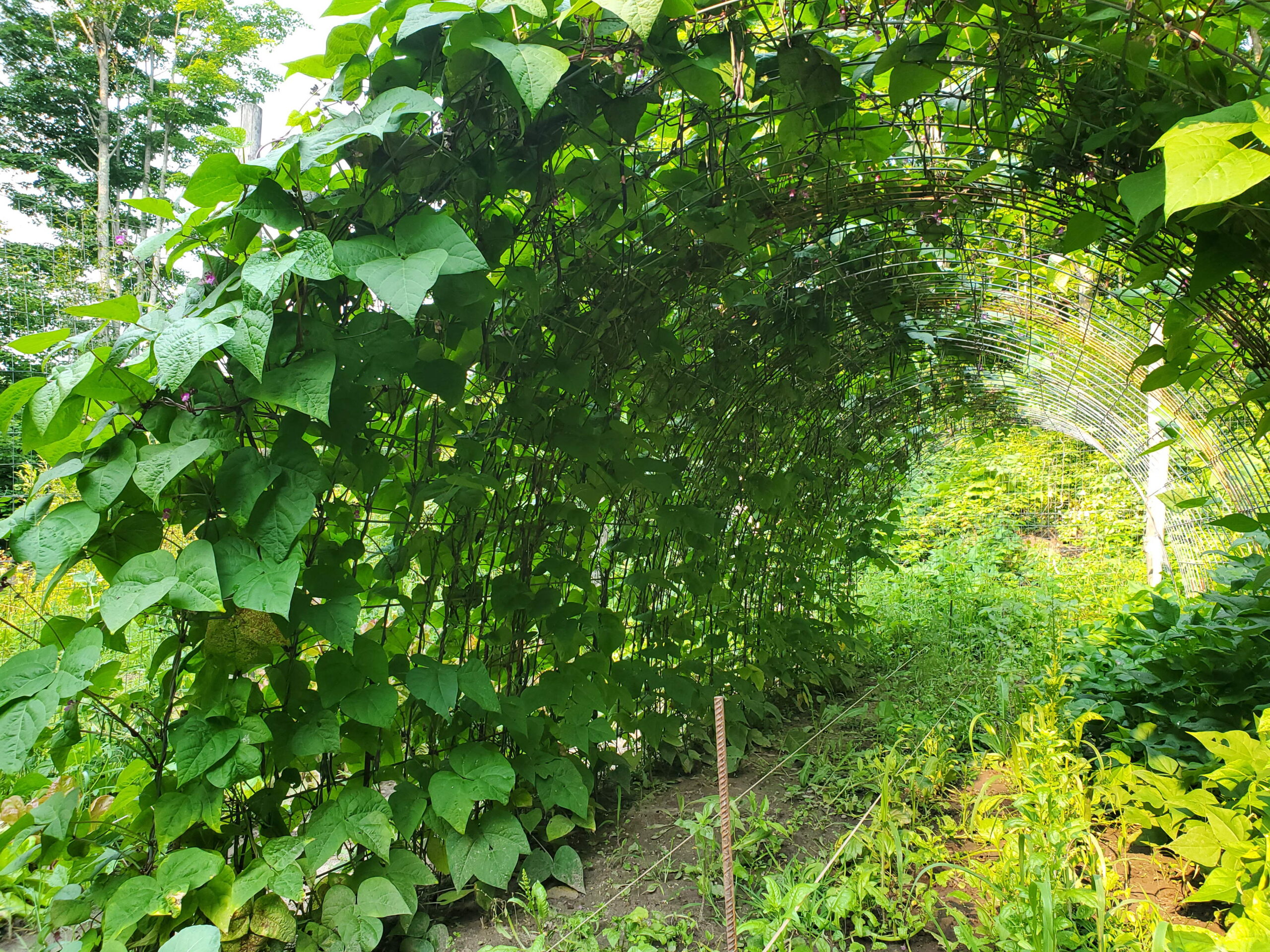Benefits of Succession Planting

First let’s talk about what is succession planting – let’s define succession planting: it’s the practice of planting smaller quantities of a crop at intervals, rather than all at once. You plant one row or section, then wait a bit before planting another.
Why do succession planting?
- Keeps a steady supply of fresh produce throughout the season
- Reduces risk of crop failure due to weather fluctuations—if one planting doesn’t do well, others might
- Helps crops find their ideal growing conditions by spacing out planting times
Great crops for succession planting:
- Corn
- Lettuce
- Spinach
- Radishes
- Beets
- Cucumbers
Succession planting also works well by rotating shorter-season crops. For example, plant spinach in early spring (which prefers cooler weather). Once harvested, plant a quick-growing crop like radishes. This lets you grow multiple crops in the same space during a single season, maximizing fresh food and pantry storage after blanching and freezing.
Today’s post is brought to you by my Ultimate Gardening Bundle!

Day #2 Top Gardening Tips to Start Today
Day #5 Garden Planning
Day #6 Learn to Grow Anywhere
Day #7 Top Tools to Have on Hand
Day #8 Learn about Good pests in your garden
Day #9 Vertical Gardening
Day #10 Gardening Quick Guides
Day #11 Creating a Compost
Day #12 Introduction to Herbs Part 1
Day #13 Introduction to Herbs Part 2
Day#14 Children in the Garden
Day #15 Growing Root Vegetables
Day #16 Tomato Time
Day #17 All about the Dry Bean
Day #18 Saving for the Future-Seed Saving
Day #19 Preserving the Harvest- Canning
Day #20 Preserving the Harvest – Dehydrating
Day #21 Preserving the Harvest – Blanch & Free
Day #22 Preserving the Harvest – Fermenting
Day #23 Benefits of your Leaves


